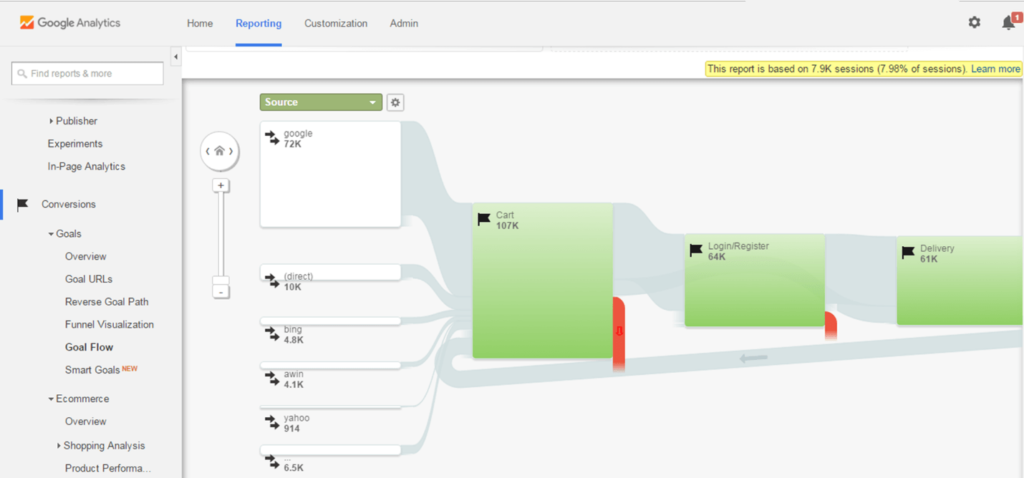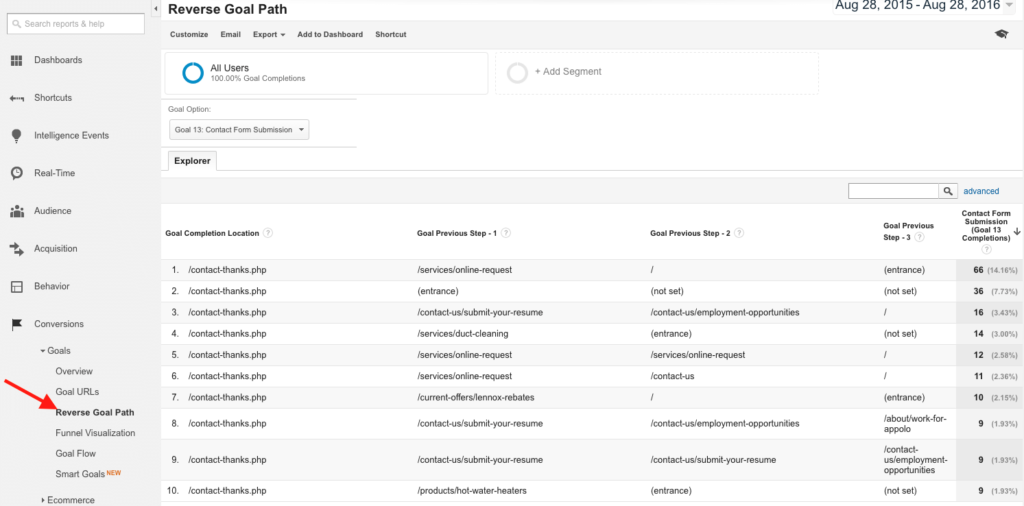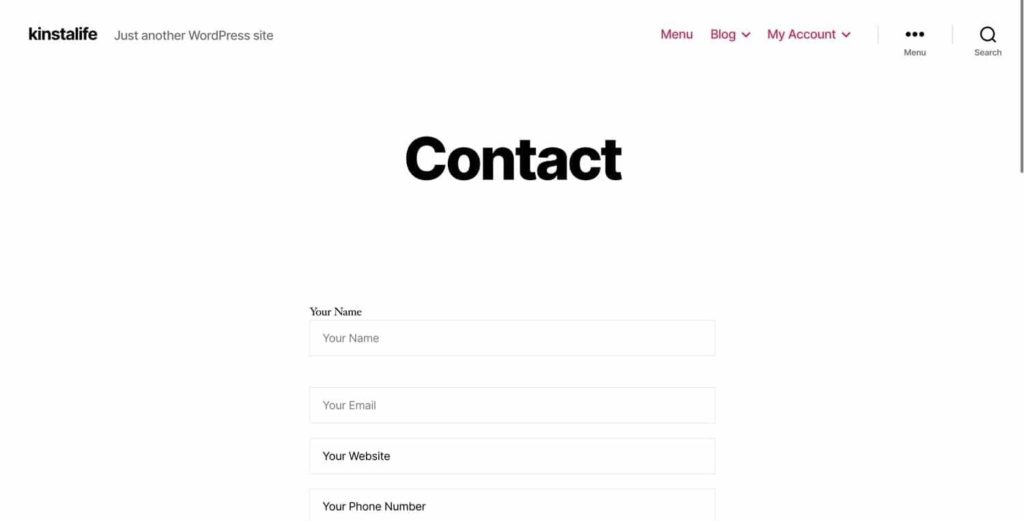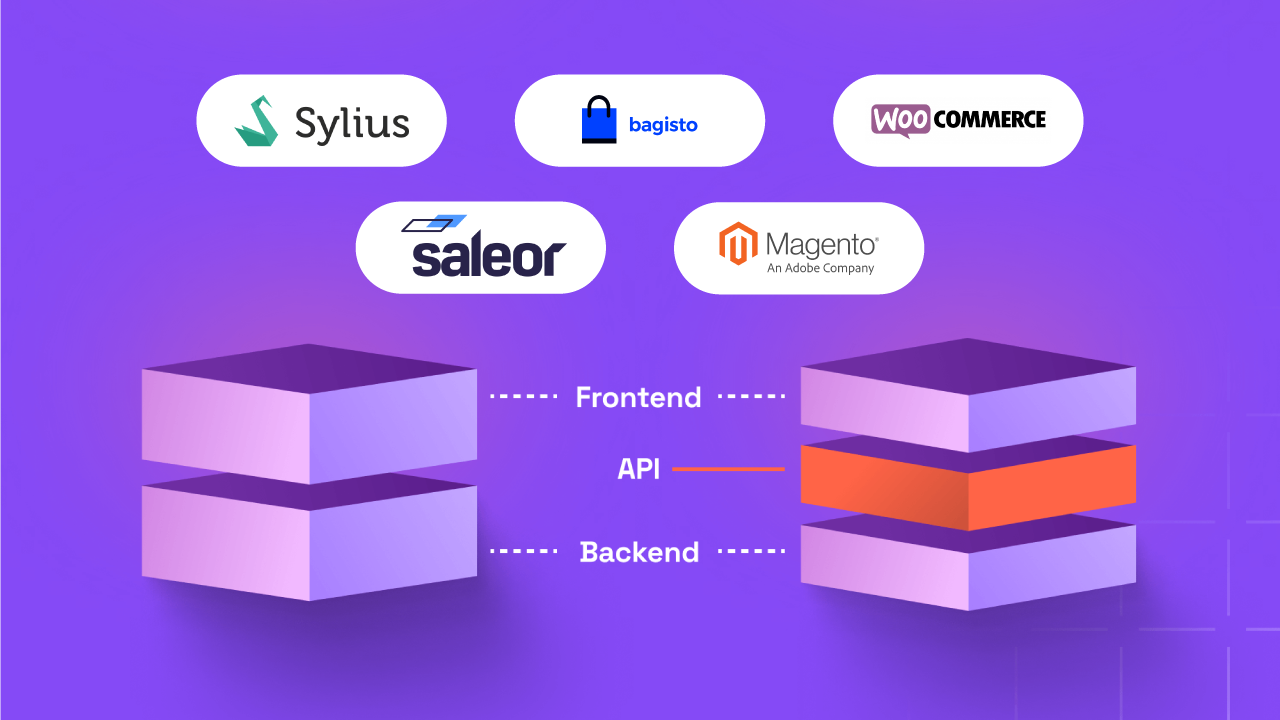Fix Leaks in Your Ecommerce Landing Pages and Website

To some, a conversion funnel is a mysterious place that shouldn’t be tampered with once it’s set up.
You see customers coming in droves. Then all of a sudden, they bounce off without purchasing, which is a serious problem for business owners.
The problem here lies not in the strategies you’ve applied, it’s how you’ve applied them to your store processes.
If you feel that your conversion funnel is leaked, then keep on reading because. In this post, we’ll be discussing the various ways in which you can fix the leaks in your conversion funnels.
So, let’s start.
How to Detect Leaks in Your Conversion Funnels?
While it might seem as though finding out leaks might be very difficult, it’s not so.
If you have passed the funnel creation process, you can visit your Google Analytics dashboard. From there, you can check the performance of your sales funnel.
Let’s look at the various conversion goals:
Funnel Visualization Reports: From your Google Analytics dashboard, navigate to Conversions > Goals > Funnel Visualization. This is the most basic overview report for funnel conversions. It shows the funnel performance based on the goals you’ve set.

Goal Flow Report: From Conversions, you can navigate to Goals > Glow Flow. This helps you find out the conversion path your users are taking.

You can use advanced metrics to segment and check the performance of your conversion rate strategies.
Reverse Goal Path: From Conversions, navigate to Goals > Reverse Goal Path. Compared to the other reports, this goal report shows you the actual funnel performance. With a 360-degree view, this even shows you conversion paths and locations that you weren’t even aware of.

You now have an idea of where you can check the funnel performance. The next question you might be asking is what you can analyze from it.
You can start by seeing where visitors are coming from and at which point, they’re exiting the store. To fix leaks, you can check which of these places are clogged from the front end. Then you can look at possible scenarios on why a user would quit the conversion.
Could something be distracting the users there? Are there issues in the eCommerce landing page?
These are all questions that should be looked at to ensure that your visitors are converting on your store.
Now, it might be tough from the outset but with time, these fixes can lead to a much-improved conversion rate.
Fixing Conversion Leaks Through Quantitative Analysis
Technical Analysis

If you’re looking to improve the conversion rates of your store, then you need to dig deep at the code level where the problem resides.
Now, this doesn’t mean that you start fixing everything. By simply ensuring cross-browser compatibility, you can improve the conversion rates by a significant margin. Another issue that you can start fixing is the eCommerce landing page design itself and how it can prove useful in making your site more conversion-friendly.
There’s a lot to unpack and discuss here, so let’s start.
Cross Browser Compatibility
You might think that people are more tech-savvy now more than ever and you’d be wrong. There are still those that don’t know whether they are using an updated OS or not.
Because of this, you should never consider that your eCommerce landing pages and website will look the same on every single browser out there. There is no
To check the performance of your eCommerce landing pages across different browsers, you can visit Google Analytics by navigating from Audience to Technology > Browser > OS > Audience, and switch things up.
You can switch up between the “Data” and “Comparison” tools to compare the differences between the OS and browser.
This helps to check the cross-browser performance of your website and helps improve the conversion rate metrics for your store.
Mobile Optimization
Nowadays, you can get far if you haven’t optimized your website for mobile. Mobile optimization is crucial for a reason.
The mobile internet traffic is huge and if your website has conversion leaks, there you’re losing a fair chunk of your user base. Mobile optimization, therefore, is the key to improving the conversion rate. Once you’ve focused on the developed website, then you need to ensure that it’s optimized for conversions as well.
This means using the right CTA’s, content, typography, checkout, and other design/conversion elements on your eCommerce landing pages and website.
Page Speed Optimization
Now within the category of mobile optimization, you have page speed optimization.
How fast your web page loads ultimately dictates whether or not the user will stay and purchase from your store. In short, the faster the site, the better it will load. Visitors are more than likely to “bounce off” your website if it’s slow.
The more people bouncing off of your website, the higher your conversion rates will be. Now, there are websites like GTMetrix and PageSpeedInsights that help you improve the way your page is loading. For example, GTMetrix assigns your eCommerce landing page grade from A to F.
The worse the grade, the slower the site speed. Also, it provides your website with suggestions to improve which means that adhering to those suggestions will improve your website page speed by a significant margin.
Dive Deep into Analytics

To ensure that all the leaks within your conversion rate optimization stay fixed, you should ensure that you have a deep understanding of analytics.
Now, you can integrate a variety of analytics software to your eCommerce landing pages, but amongst them, the best by far is Google Analytics.
Now, what tool you use doesn’t matter as long as you have an idea of what you’re trying to analyze. To that end, you need to start asking yourself the right questions:
• Am I collecting all the right data?
• Is that data correct and trusted?
• Is there any place on my website that’s being tracked incorrectly?
These are all crucial questions that you need to address to ensure that you’re getting the right reports.
If it’s the other way around, it’s going to make things incomplete and messy from the outset. Your data matters a lot and analyzing it for conversions can prove very beneficial to your bottom line.
Form Analytics

The fill-in forms you have on your site are super important. They not only help you gain valuable customer data but also help you improve conversions.
Forms are an essential part of every website and you must place them under consideration.
But there are certain things within the form that cause friction. For example, it could be an error within a form. It could also be a form that’s so long that people don’t want to fill it. Again, you should ask yourself questions like:
• Which part of the form is giving out errors?
• Which form fields are customers taking the most time on?
• Which fields are left unchecked?
With these data points in consideration, you can improve them to optimize the conversion rates easily.
Heatmaps

Heatmaps are by far the most effective tool in analyzing the conversion flow and fixing conversion leaks. Represented using RGB, a heatmap shows which part of your eCommerce store is converting more and which part is not.
Within the umbrella of heatmaps, there are two types of maps:
Clickmaps: These maps help you see where the audience is clicking/touching the screen of your website. These maps help trace out the path that your visitors are taking on your website. Also, they help you build useful links that can help in improving conversion rates.
This proves beneficial in improving the conversion rates by a significant margin.
Scrollmaps: Compared to the former, these are a lot more efficient. They allow you to analyze the position of your scrolling activity in a more granular fashion.
Using both the maps, you can create a track of where your messages need to be to help convert customers.
Final Words:
Optimizing your store for conversion rates is difficult if you don’t know what you’re doing. In time, however, you can get an idea of what you want to be doing to convert customers easily.
A/B testing is essential in this regard since it lets you see what’s working and what’s not working on your eCommerce landing pages.
We hope you enjoyed reading this article!
Connect with experts at CODUP for top-notch eCommerce website development services.




